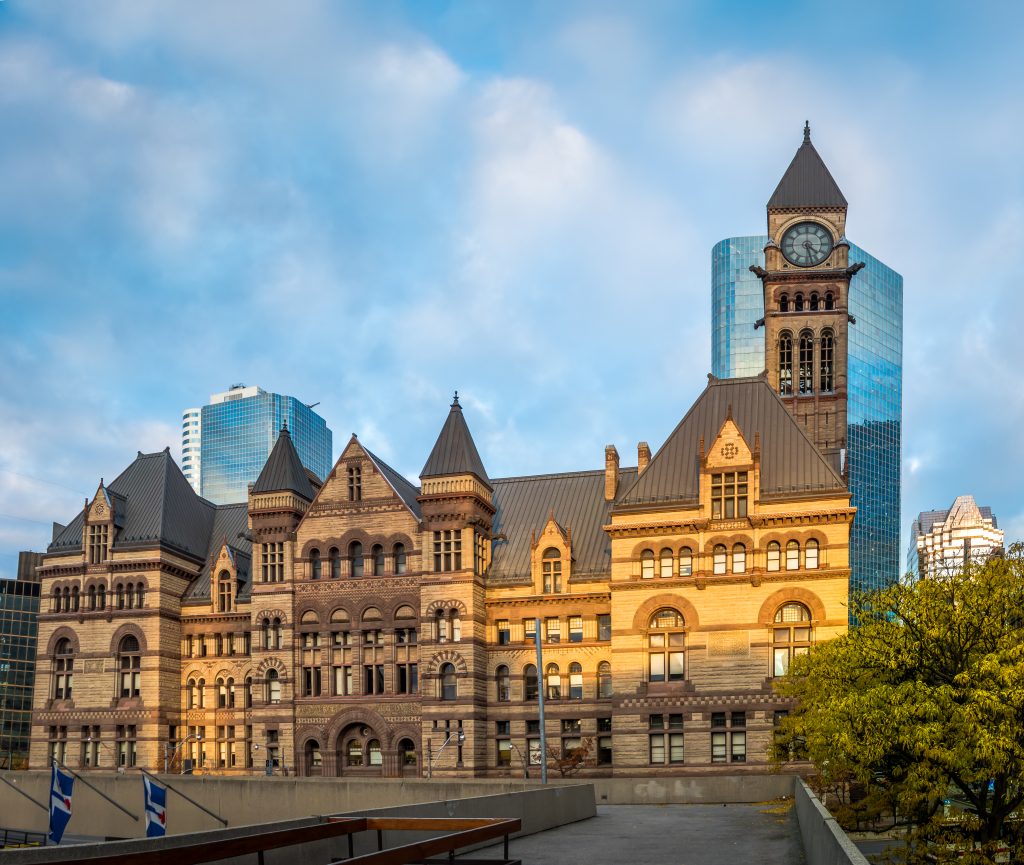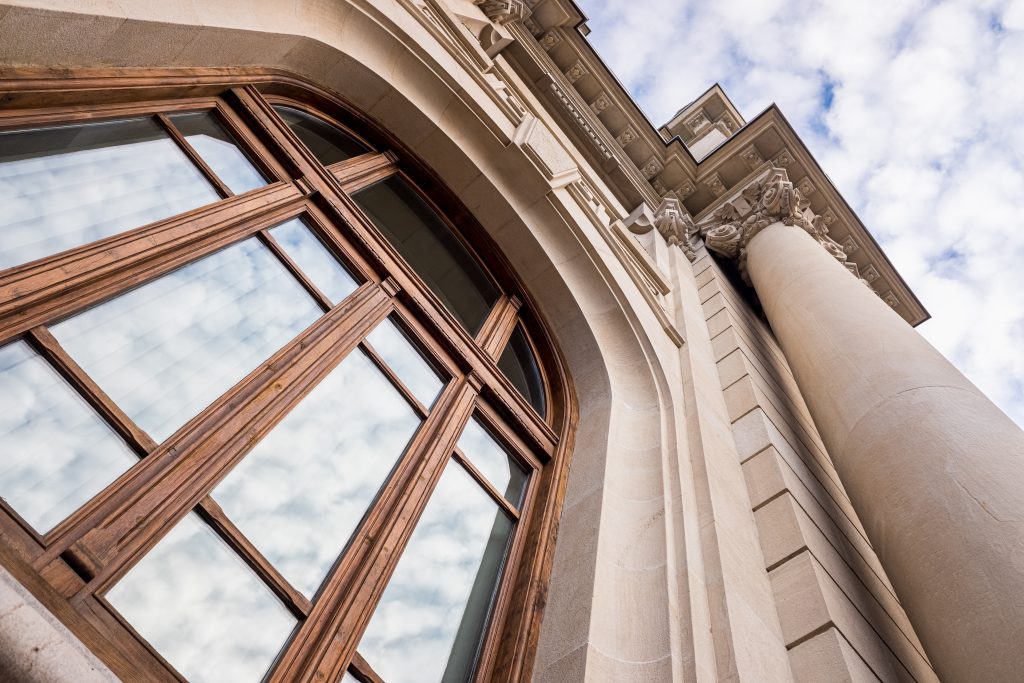Article
Architecture has always balanced innovation with traditional skill, shaping our world. Technology continues to influence how architects design and construct, but also how traditional methods are enhanced. From virtual reality to artificial intelligence, these tools can support architectural craftsmanship and architecture for design. Here are some advancements that are reshaping the field of architecture and architectural restoration, where authenticity is key.

Virtual reality (VR) offers new ways to visualize architecture. This tool allows architects and clients to explore a building before construction, enhancing spatial understanding. By using VR, users can experience structures, seeing scale and aesthetics beyond traditional drawings.
VR's applications aid the design phase. Architects can use VR to experiment with layouts and materials, making real-time adjustments. This helps identify potential issues early.
For clients, VR presentations offer an intuitive understanding of design proposals. Clients can walk through virtual versions of their spaces, offering input based on experience. This improves communication between architects and clients.
Artificial intelligence (AI) can support the architect's work. From generative design to predictive modeling, AI can augment human creativity.
One application of AI in architecture is generative design. By inputting design parameters, AI algorithms can generate design options, presenting solutions that may complement traditional designs.

3D printing technology is changing how we think about construction and fabrication. This process allows for creating geometries and components that can support traditional methods.
Architects use 3D printing to create physical models of designs. These models provide a tangible representation of a project. The ability to produce design iterations enhances the process:

The Internet of Things (IoT) can contribute to intelligent buildings. By integrating sensors and smart devices, architects can create buildings that adapt to needs.
IoT technology can optimize building performance. Smart lighting and HVAC systems can adjust for comfort and efficiency. These automated systems improve the user experience and support sustainable goals.
Building Information Modeling (BIM) has transformed design and project management. BIM incorporates data about every building component, from structural elements to systems and finishes.
BIM creates a digital twin of a building, a virtual model with data on materials, performance, and cost. This dataset serves as a source of truth throughout the project lifecycle:
Architecture is about both creating and preserving our heritage. At Heather and Little, we specialize in architectural restoration services that blend traditional craftsmanship with supporting technology.
Our team uses traditional techniques and digital tools to restore historical elements. Whether recreating metalwork using 3D scanning or using BIM for restoration planning, we bridge the gap between past and future. Contact Heather and Little to learn more about our architectural restoration services for your building.
If you are looking for a second opinion on your project or have a particularly complex issue that needs a fresh eye, such as historic building restoration, we’re here to help. Tackling tricky restoration projects is our specialty, and we welcome the opportunity to provide consulting services. We apply a keen attention to detail to all our commissions.
Join our mailing list and keep up to date on what’s going on with Heather & Little, sheet metal and roofing, including access to industry insights, interesting project case studies and incentives.